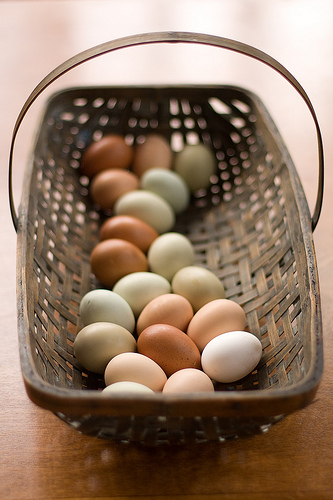We are happy to pass on this request from Gapminder for feedback on their agricultural data, which came in as a comment on a recent post. And to apologize for the error it highlights in our characterization of the relationship between Gapminder and Google.
Dear Agricultural Biodiversity Weblog,
Thank you for your enthusiasm! You are so right it takes a while to find the interesting stories from the massive data. It is over 700 indicators which in different combinations can show interesting stuff. But just imagine trying to do that without the visualization. We are as excited as you.
Please, when you or your visitors find some interesting combination or revelation from the graphs, please let us know. We are soon going to implement a new function where we hint of some of the interesting facts that can be found in the graphs with the possibility to add some explaining text to each graph.
We therefore need good stories to tell from the graphs. Just drop us a line if you have an example you want to share with the world!
Just one correction though, Gapminder is not owned by Google. Gapminder is a foundation of its own, totally independent from Google. They only bought the software (Trendalyzer) to improve the technology further. Gapminder continues to use it in order to explain the world in an understandable way.
Thanks again and see you on Gapminder.org!
Staffan, Gapminder
